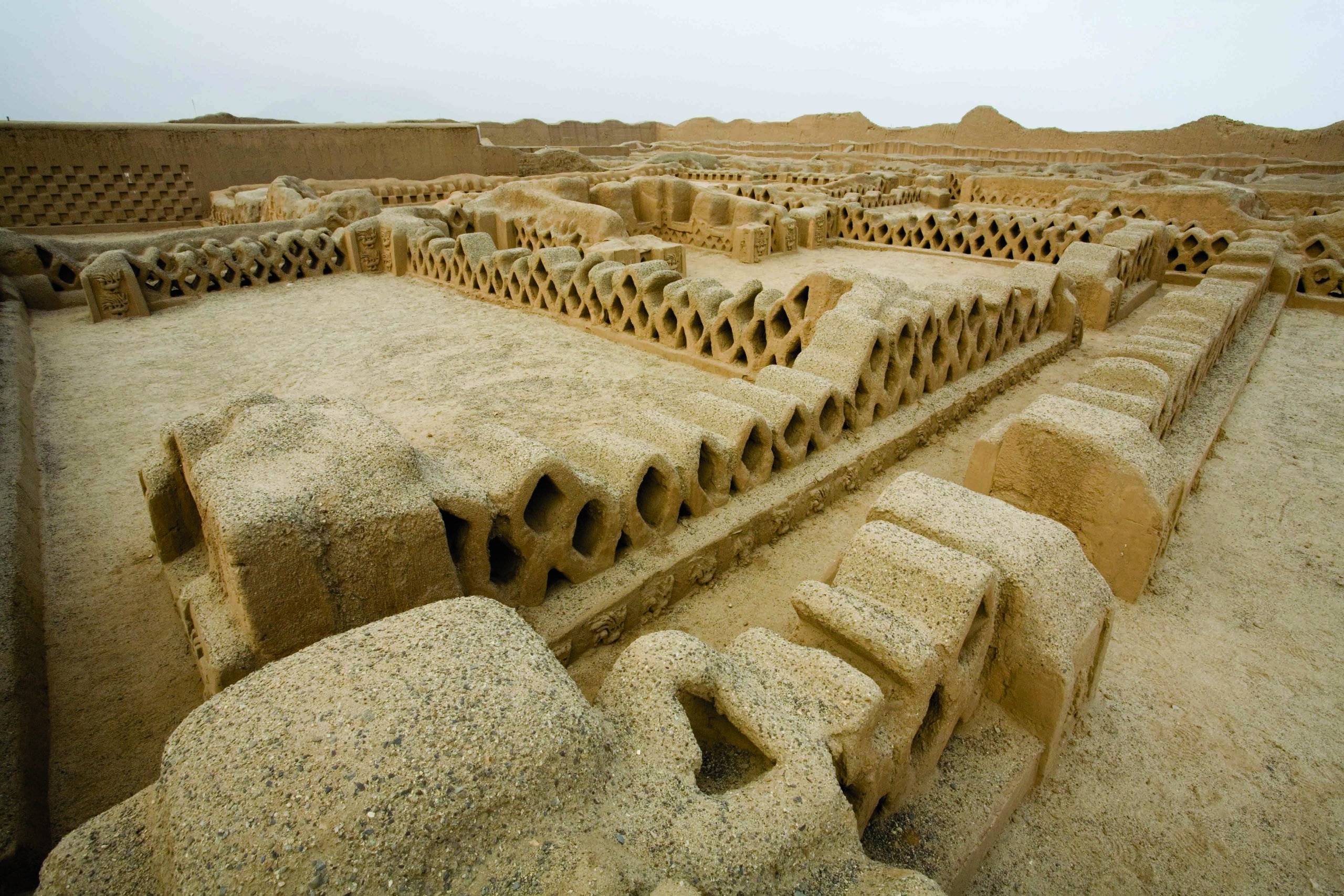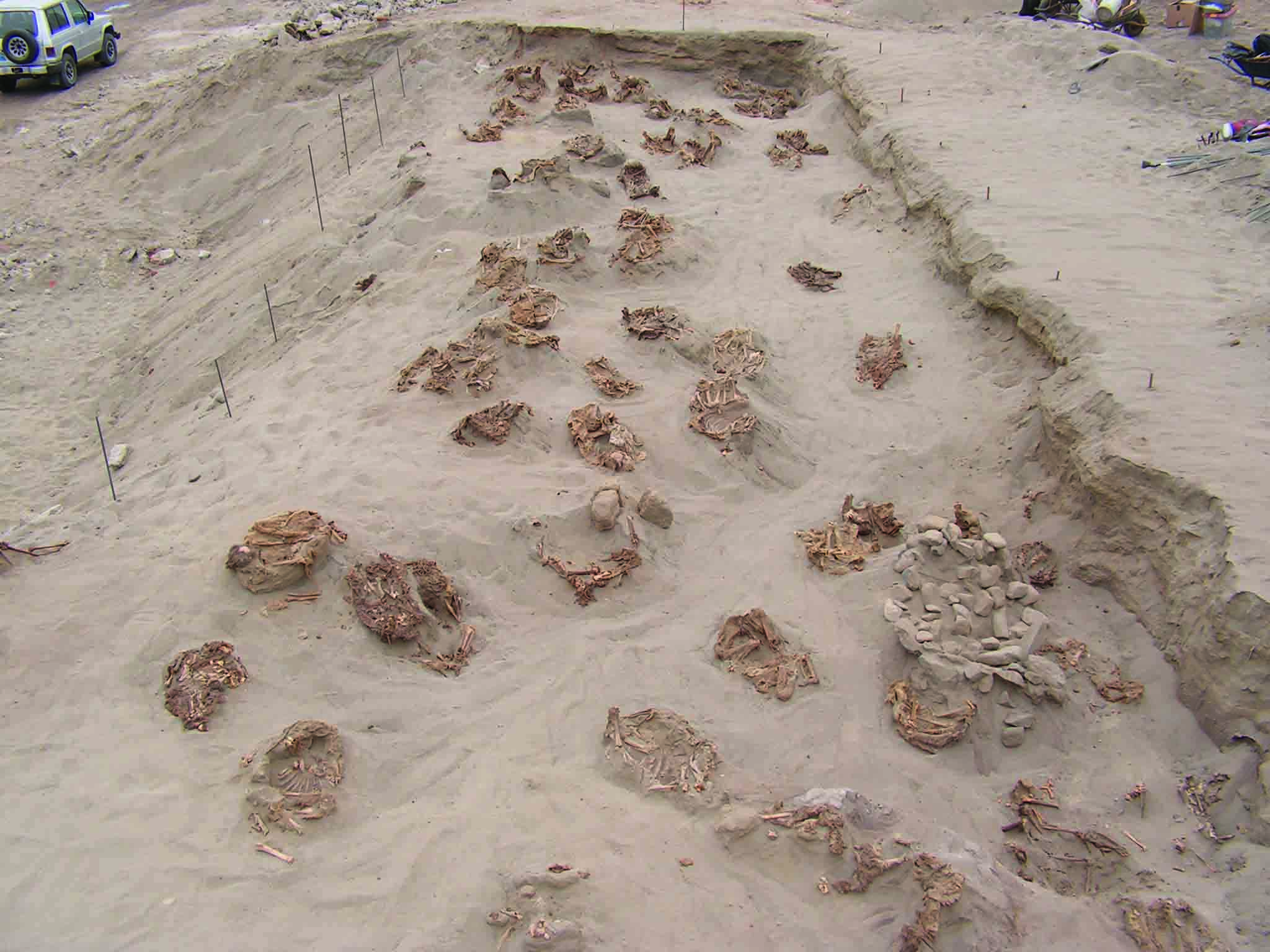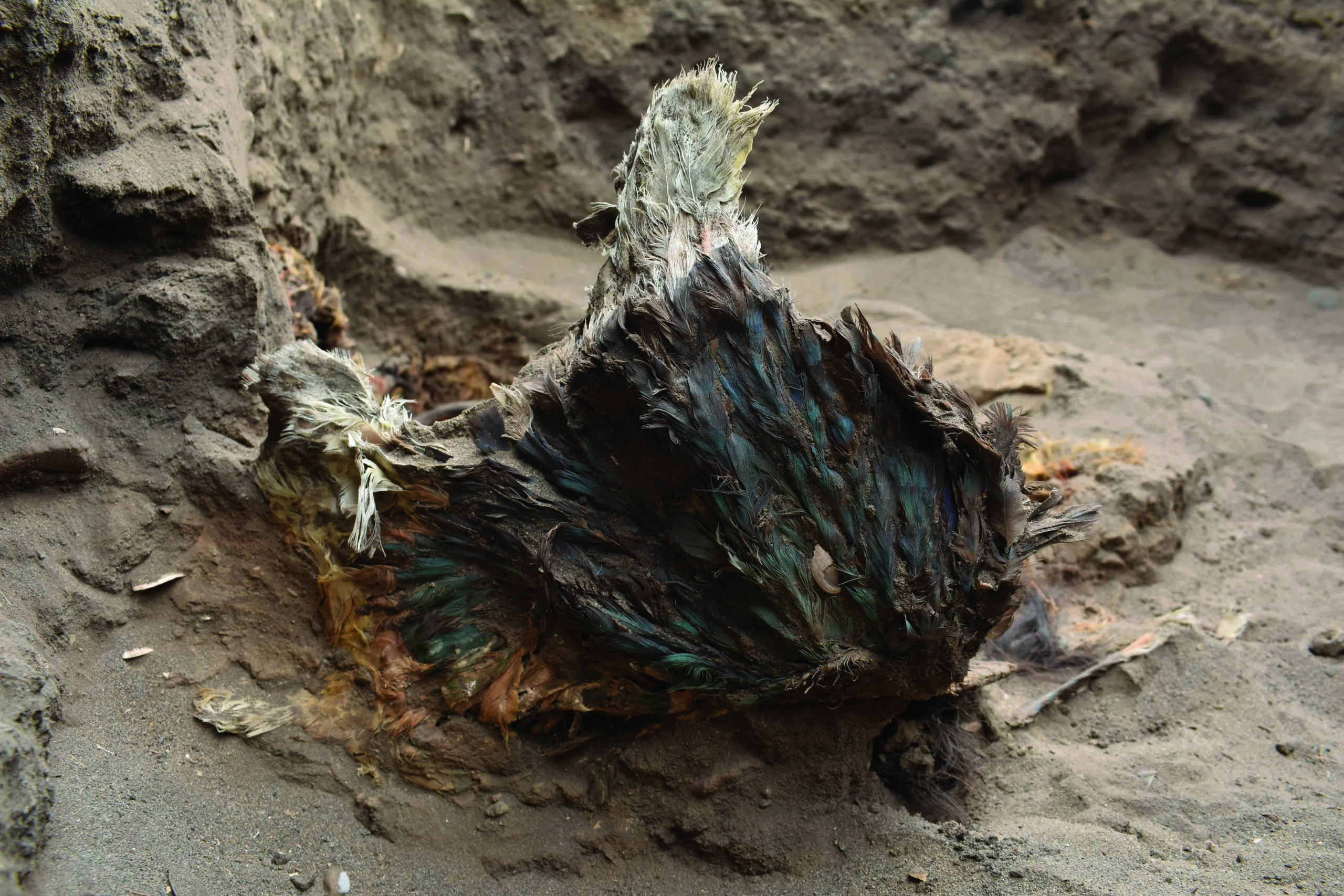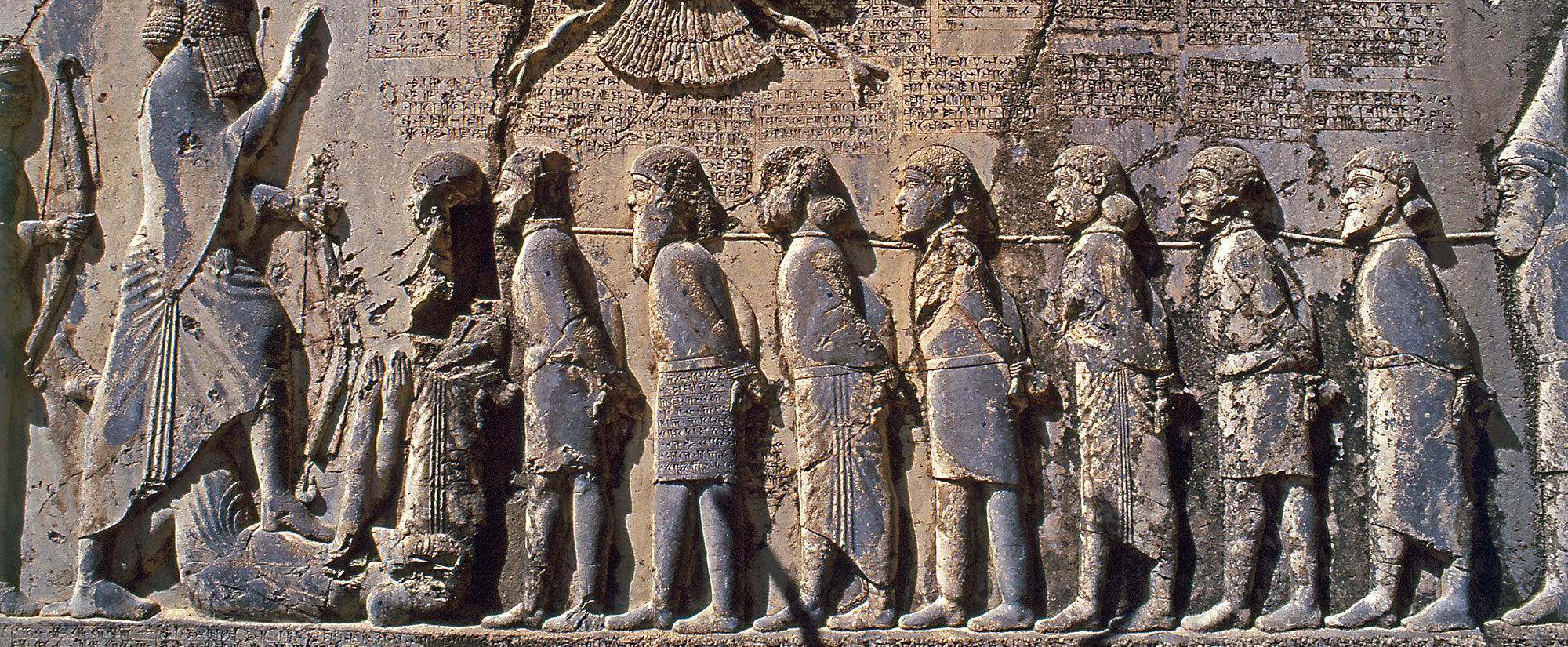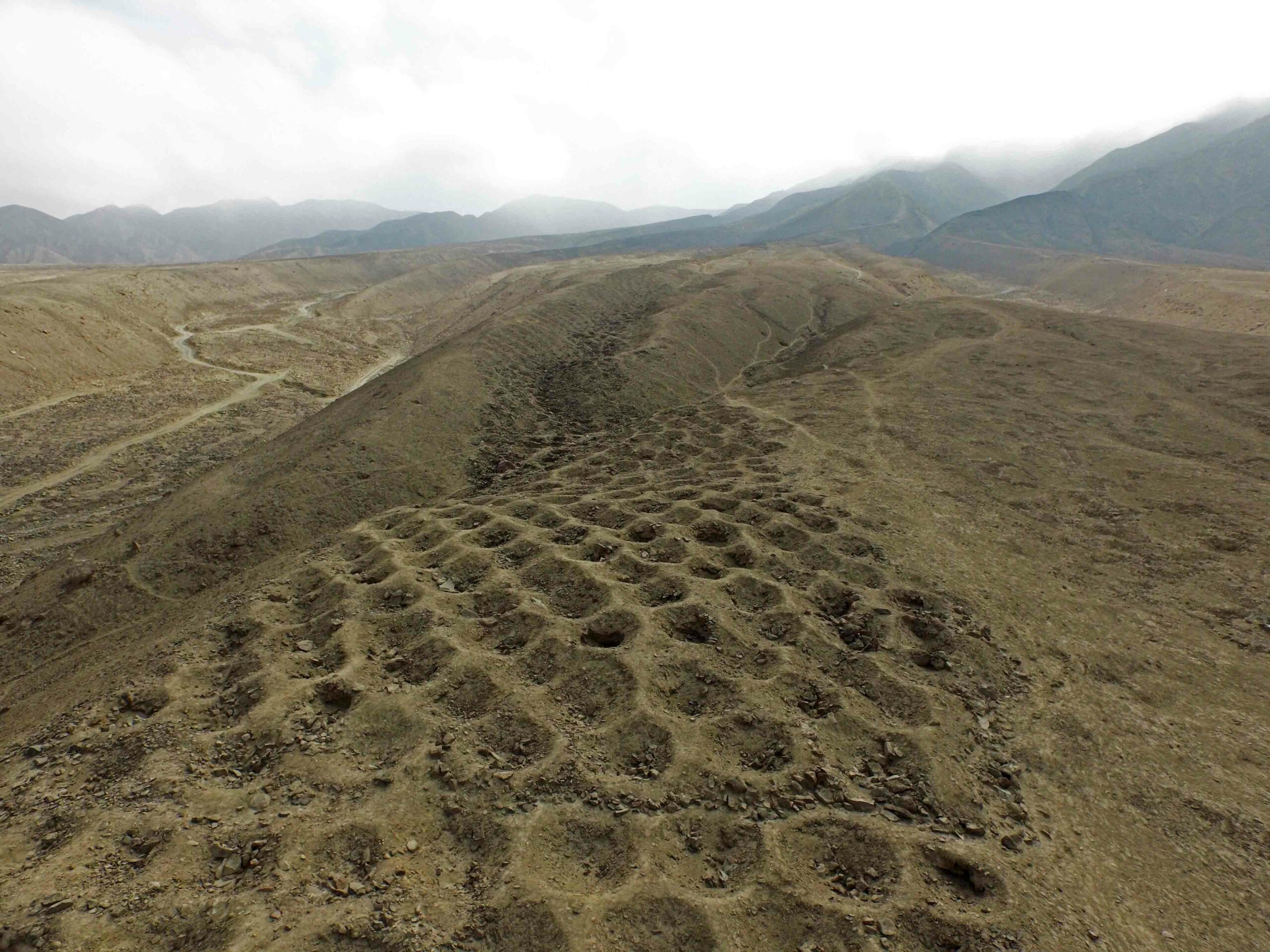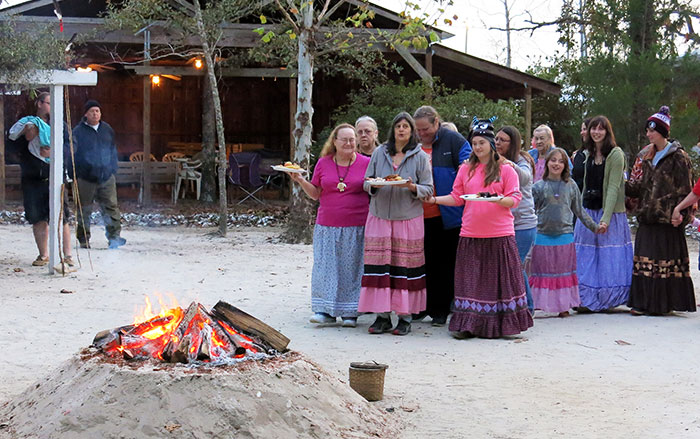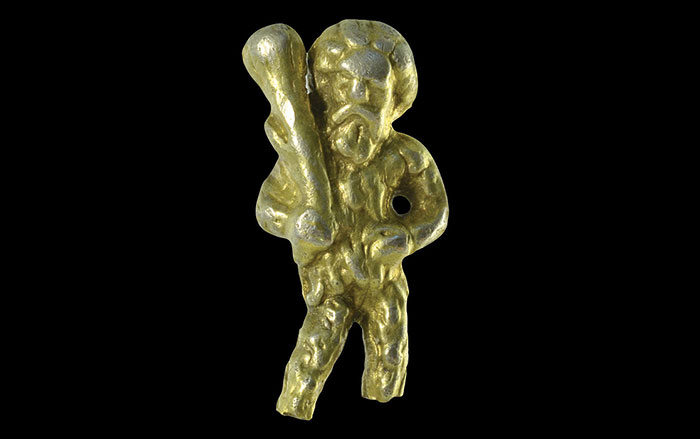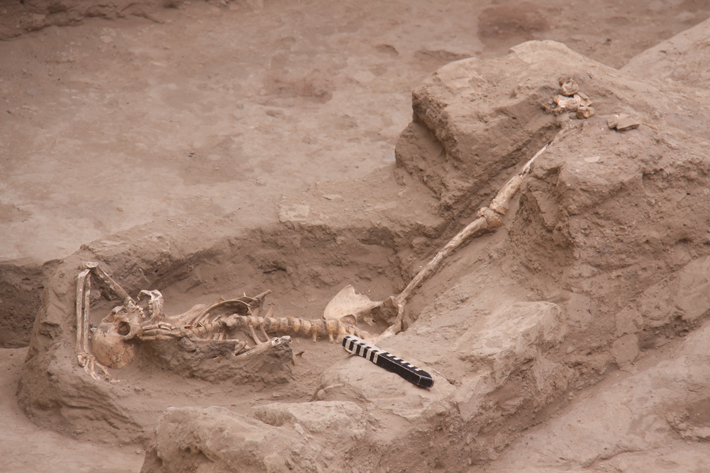
Archaeologists have long known that ancient societies on Peru’s north coast killed male prisoners of war and drank their blood in grisly sacrifice ceremonies. Now researchers have found an unusual twist on that scene: the remains of six young women, sacrificed in a ritual in about A.D. 850. Their bones were found under the floor of a mudbrick temple complex in Pucalá, near the city of Chiclayo. The women show no signs of disease and had been wrenched into odd positions. Four lay atop each other in a single grave, and two others rested a few feet away, accompanied by a baby llama. Most are missing rib bones, indicating that their remains were left exposed and that their organs had been eaten by vultures after death, a “purification rite” that the bodies of male sacrifice victims were also subjected to, says archaeologist Edgar Bracamonte of the Royal Tombs of Sipán Museum.

Human sacrifices were often public spectacles in ancient Peru, but not in this case. “They were buried in a ritual space that was surrounded by high walls, indicating a private context,” Bracamonte says. The burial occurred “at a time of great ideological change,” he adds, when the old Moche culture was yielding to a new order, known as Lambayeque. The Moche buried their dead on a north-south axis. These women were buried on a careful east-west axis, their heads toward the Andes Mountains to the east. Ceramics accompanying the women are also from the Andes, suggesting that the women and the society that buried them originated in the mountains and came to the coast by invasion or migration.


